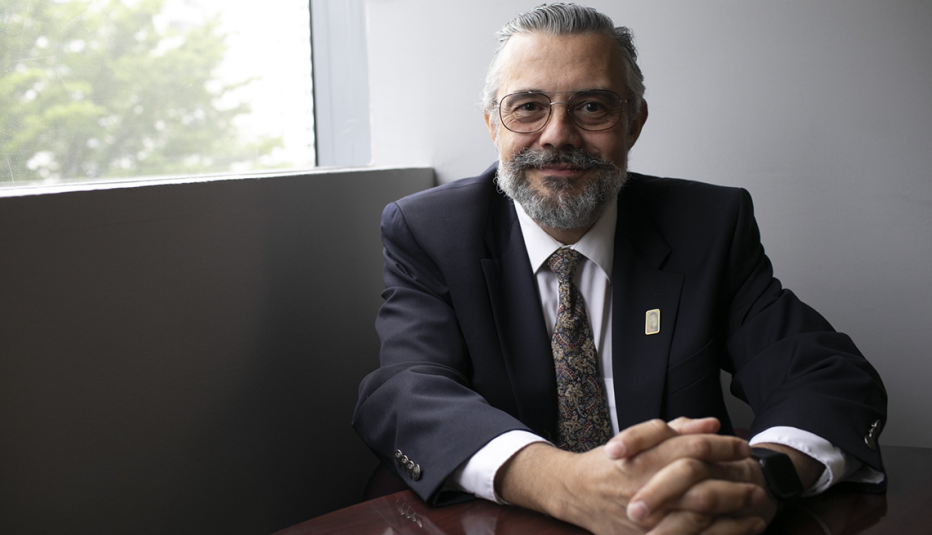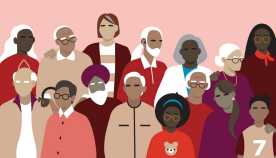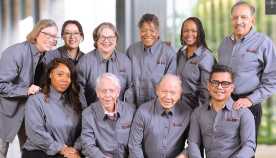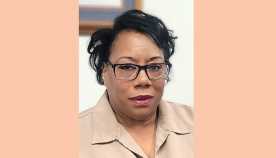About Us


Gabe Menvielle can’t prove it, but he’s fairly certain his age, 55, factored into his struggle to find a job. “It was an unusually low response rate. I’d send 50 resumés out, and I wouldn’t hear back from 45 of them. That would never have happened before, with my background. I have experience with software companies and nonprofits, good companies. I worked for the symphony, the Florida Philharmonic. I thought, ‘Am I invisible? What’s going on?’”
Like Gabe, many people in their 50s feel invisible as they navigate a job market where age discrimination still looms large. A 2018 AARP study found that, of 3,900 adults (age 45 and up) polled, 61% had experienced or seen age discrimination at work.
Until recently, Gabe had had a long and productive career working in IT for a variety of Florida arts organizations. But after nearly five years as director of analytics for a small consulting firm in Broward County, he says, “the relationship ended” and he found himself in need of a job. He was unemployed for six months, during which he looked for work on a variety of job search websites. After six months without success, he contacted CareerSource Florida, where the staff recommended AARP Foundation's BACK TO WORK 50+ (BTW50+) program.
He attended his first BTW50+ workshop at Perrine Workforce Center. “It was far away, a long drive, but when I’m looking for work, I don’t look at the miles.” He went to three of the workshop’s 7 Smart Strategies for 50+ Jobseekers sessions, where he learned about the Individual Training Account (ITA) grants offered by the Workforce Center under the Workforce Innovation and Opportunity Act. His BTW50+ Coach helped him fill out the application to get free IT training. That’s when things began to turn around.
At the recommendation of BTW50+ staff, he applied for and received one of the grants, which he’s using to pay tuition to The Academy in South Florida so he can study software architecture at night. “I’ve always been on the data path,” he explains. “Most current data positions want you to do programming. Back in the day, you didn’t need to know all that. Nowadays, careers are merging, and you have to know more.”
Through connections at his church, he found out that there was an IT specialist position available at Youth Co-op, Inc., an organization that helps recent immigrants find education programs and employment. He had just been approved for the WIOA grant; he was enrolled and approved and about to start classes, but he applied for the job anyway. After two interviews and a meeting with the HR director, he was hired.
He acknowledges that working during the day and going to school at night means putting in “a lot of hours,” but he says, “I’m happy to have the opportunity. I wouldn’t have been able to afford to pay for the training on my own.”

















